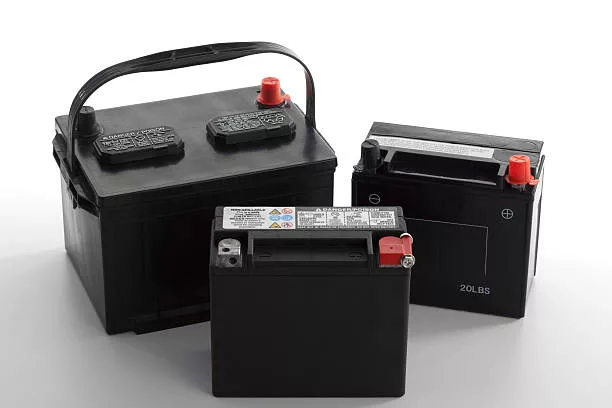In a revealing 2015 study by Eric Hittinger of the Rochester Institute of Technology and Inês Azevedo of Carnegie Mellon University, an intriguing challenge facing the US energy sector was highlighted. The research indicated that grid-scale batteries might inadvertently increase emissions because they tend to charge during periods of low energy cost rather than low carbon emissions. This discrepancy poses a significant hurdle for companies like Google and Amazon, which are committed to reducing their carbon intensity, as well as for regulators tasked with enforcing government policies on emission reductions.
Can Certifying Green Electrons Be the Answer?
Given that electrons from renewable energy sources are indistinguishable from those generated by fossil fuels, there arises the complex task of certifying which electrons are “green.” EnergyTag, a non-profit based in the UK, seeks to provide certification for the stored electricity through its Granular Certificate Scheme Standard. By documenting the time when electricity is stored and correlating it with the prevalent energy sources at that time, EnergyTag aims to legitimize the green status of the power output.
Unlocking the Secrets of Electron Origins
Canary Media recently explored the intricacies of this concept with James Allan from Quinbrook Infrastructure Partners. The company’s engagement with EnergyTag enabled them to trial the certification software at the Byrd Ranch battery facility in Texas. The test demonstrated that it is feasible to trace the energy stored within the battery to its sources, a crucial step towards transparently showcasing where energy consumers’ power originates from.
Challenges in Emissions Tracking for Battery Storage Systems
While Byrd Ranch did not solely use clean power during the test, the project utilized a simulation approach to envision a portion of the power as coming directly from a solar farm, mixing it with conventional grid energy. This distinctive method allowed them to simulate the “slices” of renewable energy within the battery’s storage mechanism.
Complexities of Clean Versus Dirty Energy
Identifying these slices, however, is not straightforward. The time of charging and discharging adds further complexity, as some batteries charge long before they’re needed, while others charge and discharge several times within an hour. The Byrd Ranch battery’s operational pattern, which includes rapid response services, underscores the sophisticated challenge of proving the cleanliness of the power involved.
Add to this the issue of “round-trip efficiency” losses—power lost during energy conversion and self-discharge—which any emissions tracking system must consider. These inaccuracies within the battery’s state-of-charge measurements can introduce errors that, if not rectified, might compound and skew results significantly.
EnergyTag: Setting Standards for Emission Verification
EnergyTag’s standards aim to provide much-needed clarity to battery operators, producers, and energy buyers about these various variables, as mentioned by Katrien Verwimp during the release of the second version of the standard. With ongoing testing in real-world conditions led by Quinbrook Infrastructure Partners, EnergyTag is setting the stage for more precise emissions accounting, particularly for use cases like grid-scale batteries within the energy market.
Future Projections and Industry Adoption
Regional regulations, such as those established in California, and corporate ambitions for carbon-free energy, like those of Google and Microsoft, are encouraging the development of technologies like Quintrace. This in-house platform developed by Quinbrook emphasizes the growing demand for accurate emissions tracking. As energy markets progressively incorporate renewables backed by grid-scale batteries, hourly clean energy matching standards like EnergyTag will likely become indispensable for meeting future industry regulations and contract agreements for carbon-free energy.
James Allan of Quinbrook envisions a future where such standards are not merely prestigious but fundamental, especially as green certifications will have to substantiate green claims across various industries, ranging from hydrogen production to steel and chemical manufacturing.

























